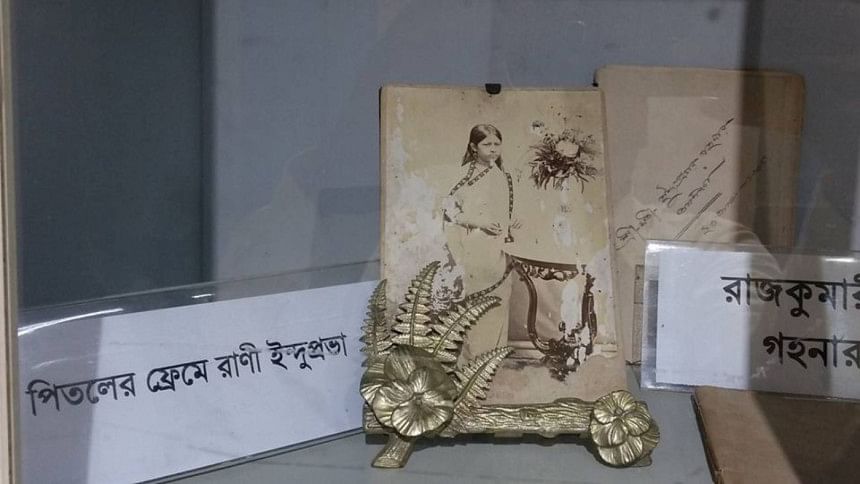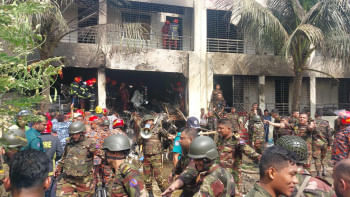Natore's princess poet

For seven generations from the early-eighteenth century, the zamindars of Dighapatia near Natore were landlords of a vast estate, with land parcels as far afield as Jessore and Mymensingh. Such was the prominence of the dynasty founded by Dayaram Roy that the successive landlords were awarded various titles including maharaja by the Mughal court, and later honours by the British.
At the turn of the twentieth century, a young Princess Indoo Prova, a newly-married daughter of the family, penned diaries and shared love letters with husband Mahendra Narayan Chawdhury, then stationed in Kolkata. Locked inside a trunk at the district administration's treasury, her writings were all but forgotten until last December. Then, in the process of establishing a museum dedicated to the Dighapatia Raj, 17 diaries and 285 letters were rediscovered, offering a trove of new information about the family and the history of North Bengal. What's more, her writing demonstrates the princess had considerable skill as a poet.
“We were searching the treasury for historical materials from the Raj period that might be of interest to the new museum,” explains Natore's Additional Deputy Commissioner Razzaqul Islam who is responsible for the museum. “That's when we came upon the letters.”
At the time of her writing, beginning around 1904, Princess Indoo Prova was living in Rajshahi, then-called Rampura. She was primarily leading a life of household routine, the details of which changed somewhat between winter and summer. Common activities included singing, drawing, sewing, swimming, chatting and cooking. She marvelled at being able to visit theatres and cinemas on occasion. Hers are the words of a girl who at a young age lost her father, a daughter with four younger brothers to consider.
Along with her writings, a number of artefacts were found, including a framed photograph, a royal pen and ink pot, a crown and a regal gown. There are items made of ivory and deer antler that once belonged to the Dighapatia Rajbari, the palace the family called home.
From March 9 this year, the diaries, letters and other regalia have been made accessible to the public, being put on display at the newly-inaugurated Uttara Gonobhaban Museum. A more fitting location there could hardly be since the Uttara Gonobhaban building, which has for decades been used as the official residence for Bangladeshi heads of state in North Bengal, is indeed the Rajbari itself.
Given their age, the diaries and letters are in remarkably good condition. Words and sentences are clearly discernible, though the paper is frail. “The pages tend to break if one touches the books,” notes Natore's deputy commissioner, Shaheena Khatun.
Of their content, there is particular excitement about the princess's poems, which have been compared by experts to the works of Jessore's Michael Madhusudan Dutta. “I hope to speak to the cabinet secretary and divisional commissioner to ensure that, with the help of the culture ministry, her poems can be published,” says the deputy commissioner.
“If we can publish Indoo Prova's poems, it will enrich the history of Natore and also Bengali literature,” agrees Razzaqul.
“How impatiently the azure water is sparkling,” the princess wrote in one poem, entitled 'Bangapo Sagar'. “As if soaked in moonlight, how bright and quiet!”
While those words refer to the poem's subject, the Bay of Bengal, they could just about describe the current excitement of rediscovering her written words, which have brought a bygone era, with surprising vibrancy back to life.

 For all latest news, follow The Daily Star's Google News channel.
For all latest news, follow The Daily Star's Google News channel. 



Comments